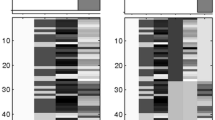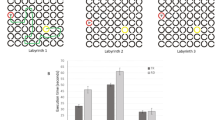Abstract
Dyslexia, both developmental and acquired, has been considered the result of cerebrocortical dysfunction, affecting the temporo-parieto-occipital brain regions. However, dyslexia may involve abnormalities of the magnocellular component of the visual system, leading to binocular instability or alterations of accommodation. To test the hypothesis of cerebellar involvement in the reading process – justified by its emergent role in language and cognition – we studied 10 patients with cerebellar vermis/paravermis lesions using reading tests and we compared the results with those produced by 10 normal volunteers. The data obtained demonstrate an increased number of reading mistakes in the patient group, resulting from a possible alteration of the diffuse connection system from the cerebellum to different cerebrocortical and subcortical structures. Acquired dyslexia due to cerebellar impairment may be due to oculomotor alteration or, more subtly, to the intimate cerebellar-encephalic projections, connecting the cerebellum to the attentive and alerting processes and to the language system. We discuss the data with an overview of literature.
Similar content being viewed by others
Author information
Authors and Affiliations
Additional information
Received: 22 May 2001, Received in revised form: 14 September 2001, Accepted: 25 September 2001
Rights and permissions
About this article
Cite this article
Moretti, R., Bava, A., Torre, P. et al. Reading errors in patients with cerebellar vermis lesions. J Neurol 249, 461–468 (2002). https://doi.org/10.1007/s004150200040
Published:
Issue Date:
DOI: https://doi.org/10.1007/s004150200040




